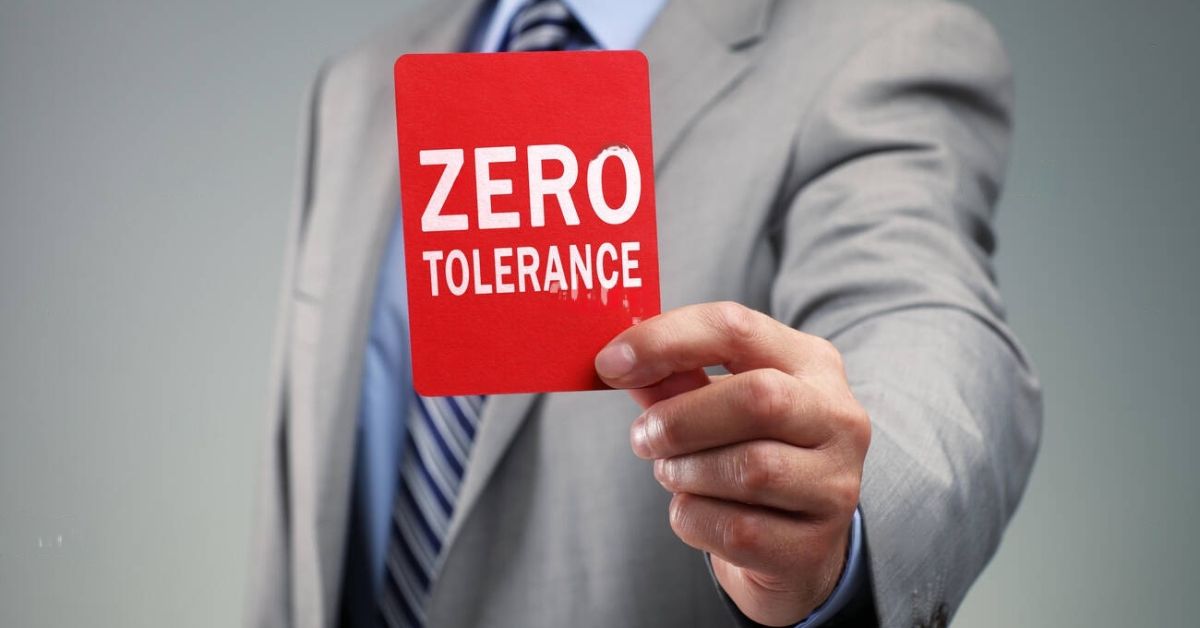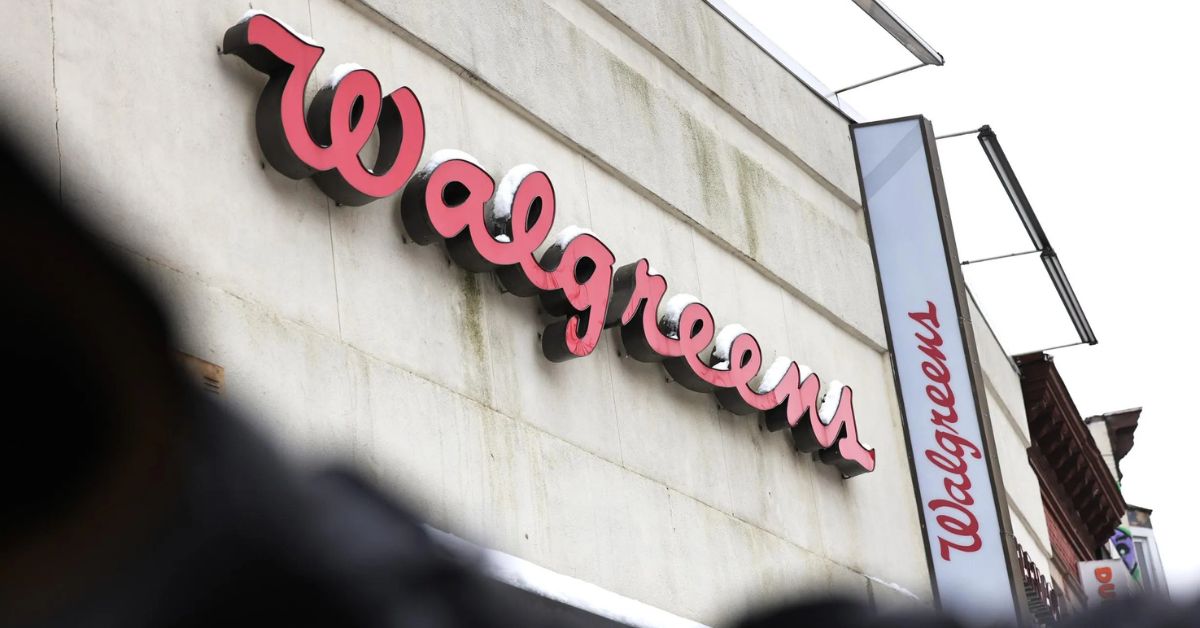Shoplifting is a big problem for store owners. As a retailer, you have to safeguard your profits and create a safe environment for shoppers. Not only that, but you can also lessen it by having a defined store policy for shoplifting prevention.
This means that any kind of theft, no matter how small, will have serious consequences. But is zero tolerance really effective in retail?
Let’s look at how this policy impacts store crime and whether it’s the best way to go.
What is Zero Tolerance in Retail?

Zero-tolerance policies are simple. It clearly states that the retailer won’t tolerate theft at all. If someone is caught stealing, they will face immediate consequences. They can instantly call the police and ban the person from the store or even take legal action. The goal is to show everyone that stealing is not acceptable.
Retailers believe that if customers know there are strict penalties for theft, they will think twice before stealing. The idea is that this approach helps keep the store safer and more welcoming for everyone. But while it sounds good in theory, the real-life effects can be more complex.
Benefits of Zero Tolerance Policies
- Deterrence
The main benefit of zero tolerance is that it may stop people from stealing. If customers know that any theft will lead to serious consequences, they might think twice before going for it.
- Defined Regulation
This can lead to better enforcement and training for staff. Clear expectations help employees feel empowered to take action when they see suspicious behavior.
- Advance Security
Retail store security policies can encourage customers to report any suspicious activity. It creates a safe shopping environment for your customers. When customers know that their safety and interests are prioritized, they may feel more comfortable shopping there.
- Protecting Profits
Theft can hurt your profits. A zero-tolerance policy might help reduce theft, which can lead to higher sales and a healthier business. Retailers can invest those saved funds back into their stores, creating a better shopping experience for customers.
- Employee Accountability
With a strict policy in place, employees may feel more responsible for watching for theft. This can build a culture of awareness in the store. When employees know they have the support of management in enforcing policies, they may be more proactive in preventing theft.
- Public Perception
When customers see that a store takes theft seriously, they may feel more confident about shopping there. This positive perception can lead to increased foot traffic and sales.
Drawbacks of Zero Tolerance Policies

While there are benefits, zero-tolerance policies also have downsides.
- Overreaction
One concern is that these policies can lead to overreaction. Employees might feel pressured to report even small thefts, creating a tense atmosphere. Customers could feel like they are being watched and treated like criminals. This can result in a negative shopping experience that drives away loyal customers.
- Loss of Loyalty
If customers feel like they are being treated unfairly, they may stop shopping at that store. In a competitive market, keeping customers happy is very important. When customers feel disrespected or under suspicion, they may choose to shop elsewhere, which can hurt sales in the long run.
- Costly to Enforce
Enforcing a zero-tolerance policy can be expensive. It might require extra staff, training, and security measures, which can be hard for small retailers to manage. The costs associated with monitoring and enforcing strict policies can strain a retailer’s budget.
- Bad Reputation
If a store is seen as too strict, it may get bad publicity. This can damage its reputation and drive away customers. Negative reviews and word-of-mouth can spread quickly, making it harder for the store to attract new customers.
- Legal Issues
A strict policy could lead to legal problems, especially if customers feel they have been wrongly accused. Retailers need to be careful to avoid lawsuits. Legal disputes can be costly and time-consuming, diverting resources away from running the business.
Finding a Balance: Alternatives to Zero Tolerance
The impact of zero tolerance on retail crime may compel you to consider other options that balance security and customer service.
- Progressive Policies: Instead of a strict zero-tolerance policy, retailers can use progressive policies. This means they take into account the seriousness of the theft. For minor issues, they might offer a warning instead of legal action. This approach allows retailers to respond to theft incidents more thoughtfully.
- Educating Customers: Stores can focus on educating customers about the impacts of theft. Clear signs and information can help shoppers understand that stealing is wrong and has consequences. By creating awareness, retailers can promote a culture of honesty and responsibility among customers.
- Building Relationships: Creating a friendly atmosphere can deter theft more effectively than strict enforcement. When customers feel welcome, they may be more likely to report suspicious behavior. Strong customer relationships can lead to increased loyalty and trust, making it less likely for theft to occur.
- Using Technology: Advanced security technology can help monitor theft without making customers uncomfortable. Cameras and theft detection systems can help retailers prevent loss while maintaining a good shopping experience. Technology can serve as a deterrent, allowing retailers to address theft incidents discreetly.
- Partnering with Local Authorities: Retailers can work with local police to tackle theft in a community-focused way. This partnership can improve safety while building trust between the store and law enforcement. When retailers collaborate with authorities, they can create a safer environment for everyone in the community.
- Promoting Ethical Behavior: Retailers can also consider initiatives that promote ethical shopping behavior. This could include community events that highlight the importance of honesty and respect for store policies. Engaging with customers on a personal level can foster a sense of community and discourage theft.
The Impact of Tolerance on Retail Crime
So, is zero tolerance effective in retail? The answer depends on the specific store. While zero tolerance can send a strong message and help stop theft, it can also create problems that hurt customer relationships and the store’s image. Retailers should think carefully about the benefits and drawbacks and decide if a more flexible approach might be better.
Conclusion: Finding the Right Approach
Ultimately, whether to use a zero-tolerance policy is a choice retailers need to make based on their situation. Stores must find a way to protect their profits while keeping customers happy. Zero tolerance might work for some retailers, but it’s not the only solution. Each store should consider what works best for its unique environment and customers.
A successful retail environment not only deters theft but also fosters a welcoming atmosphere where customers feel valued and respected.
Striking a balance between security and a positive customer experience can lead to a successful retail strategy.






